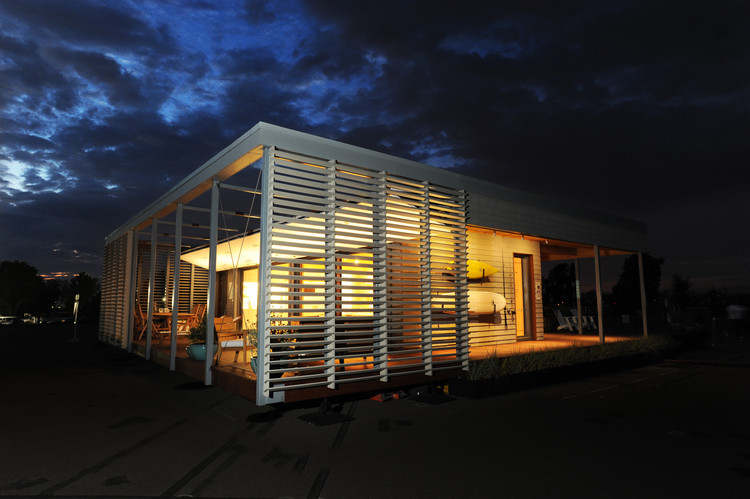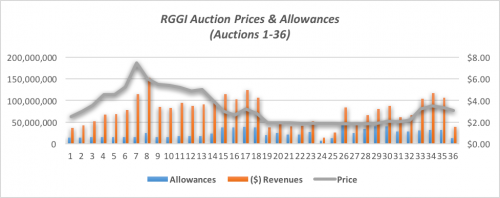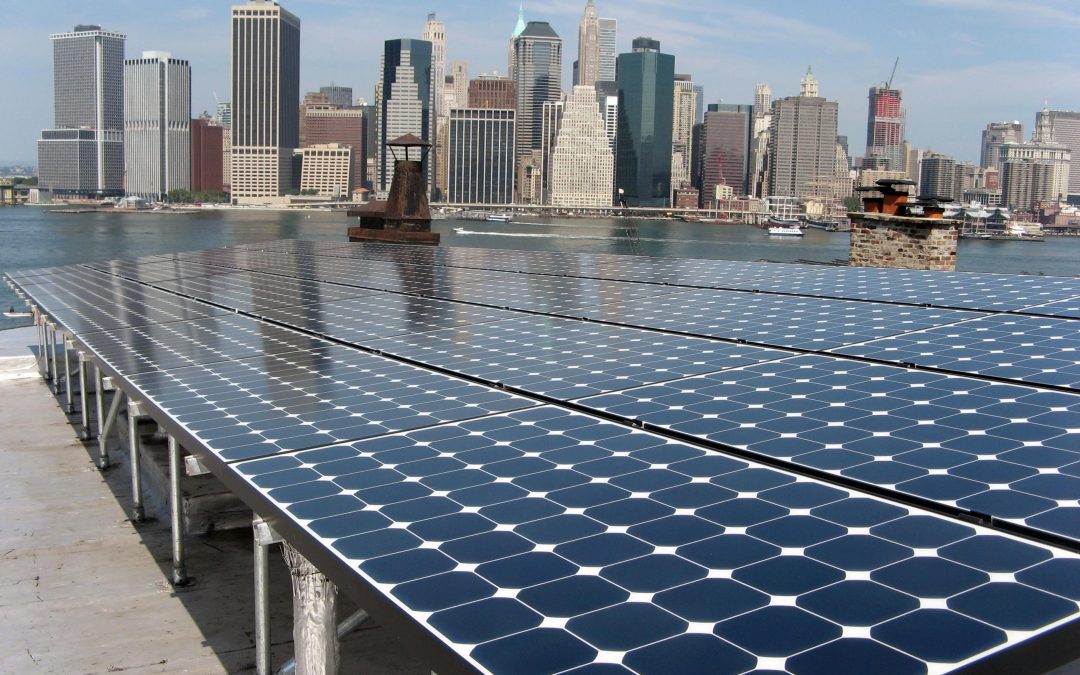
by Thomas G. Bourgeois, Deputy Director
Hurricanes Harvey and Irma are fresh in our minds. We read of the homes, businesses, healthcare facilities the customers numbering in the millions who were without power. Although unpleasant for most, not having power, heating and cooling can be fatal for some.
In Hollywood Hills, Florida, New York Times reported deaths of 8 residents at The Rehabilitation Center, where air conditioning systems failed due to a power outage. This stands as a stark reminder of the importance of maintaining continuous energy services for certain vulnerable populations and for high priority services. When the power is out at hospitals, nursing homes, assisted and senior living, large multifamily and public housing complexes, there are few good options. One approach that has succeeded time and again in the past is an onsite, combined heat and power (CHP) system that has been constructed to run during grid outages.
Properly designed, configured, and operated combined heat and power (CHP) systems can provide power, heating and cooling to buildings during energy outages of extended duration, as was delivered during Super Storm Sandy. Pace Energy and Climate Center discusses in Powering Through Storms, natural gas (generally not affected by storms) powered CHP is capable of delivering energy services so that the site remains comfortable, habitable, and functional.
At businesses, campuses, healthcare centers, and multifamily complexes where energy demands are suited, well-designed CHP systems can be smart, cost saving investments. They offer a suite of benefits, well beyond cost savings, that are often overlooked. An important benefit of a CHP system is the resiliency the building and its occupants can depend on. Post Katrina, Sandy, and now Post Harvey and Irma It’s time that decision makers account for the reliability that a CHP system offers them when making investments in buildings.
The resiliency value of CHP has been well documented in “Combined Heat and Power: Enabling Resilient Energy Infrastructure for Critical Facilities” prepared for Oak Ridge National Labs 14 case studies from around the country describe the performance of CHP systems during emergency events. When disasters, like hurricanes Harvey and Irma, Sandy, Katrina, and others, strike we are all reminded of the enormous economic, personal, and social value of operating hardy buildings. The ability to withstand and recover from a storm is particularly important for critical infrastructure facilities, such as hospitals and wastewater treatment plants, or in residential complexes where vulnerable populations–the elderly, the infirm, and the very young—are best served by a “safe in place” strategy to the extent possible.
It would behoove anyone charged with making investments to value the resiliency of buildings, especially critical infrastructure. The investment in combined heat and power generates economic returns and environmental benefits over the long run. By also valuing building resiliency, CHP becomes an ever more attractive, yet far too often overlooked investment for a broad class of buildings.

The Regional Greenhouse Gas Initiative (RGGI) is the United States’ first market-based cap and trade mechanism to reduce emissions within the nine states that participate. RGGI only applies to power generators greater than 25MW of installed capacity, and membership is optional.
Announcement
The nine states in the Regional Greenhouse Gas Initiative (RGGI) reaffirmed their climate leadership by agreeing to a visionary plan to reduce power plant carbon emissions by an additional 30% by 2030. The plan includes program design changes that will increase the RGGI program’s effectiveness and help keep the RGGI states on track for meeting their 30% target.
These changes come at a critical moment. Many U.S. states are increasing emission reduction efforts to offset the impact of the federal government’s back peddling on climate action, and to challenge the Trump administration’s recent announcement of the intent to withdraw the U.S. from the Paris Agreement.
Program Mechanisms
The RGGI states agreed to a plan that includes an additional 30% reduction in the emissions cap by 2030. The plan also includes several key design changes that are expected to strengthen RGGI and make the 30% reduction attainable.
The first key change is the addition of an Emissions Containment Reserve (ECR), which sets a price-floor for emission allowances, and permanently retires allowances if the price-floor is triggered. The ECR, which will be implemented in 2021, certainly is a step in the right direction for addressing an oversupplied market. However, two of the RGGI states—Maine and New Hampshire—have indicated that they do not intend to implement an ECR.
The second key change is a full excess-banked-allowance adjustment. This adjustment will occur during the years 2021–2025, and will send a clear message that the RGGI states intend to prevent an oversupply of allowances from eroding the effectiveness of the RGGI program.
The third key change is a set of modifications to the Cost Containment Reserve (CCR). The CCR sets a price-ceiling which, if triggered, releases additional allowances into the market. The modifications to the CCR include both an increase in the price-ceiling and a reduction in the number of allowances released if the price-ceiling is triggered.
The true success of the RGGI states’ aggressive plan will likely result from the combined impact of the additional 30% cap decline and these three key design changes:
1. The addition of an ECR, with a price-floor initially set at $6 in 2021, a price greater than the current auction clearing price, and set to be increased by 7% annually.
2. The additional cap adjustments in the period 2021–2025 to address excess banked allowances.
3. The modifications to the CCR, with a price-ceiling of $13 in 2021, which is set to be increased by 7% annually, and with a decrease in the number of allowances released upon a trigger.
The Details
The proposed cap for 2021, from which annual reductions will follow, is 75.15 MTco2. During the years 2021–2030, the cap will decline annually by 2.275 MTco2 allowances, resulting in a 2030 cap of 52.39 MTco2. The RGGI states also plan to address the excess banked allowances that have accumulated in the market. The states will revise the Model Rule to establish a formula for calculating the number of banked allowances in the market. The formula will be applied in 2021, and the emissions cap will be adjusted to account for the banked allowances during the period 2021–2025.
All states, except New Hampshire and Maine, plan to adopt an ECR that will permanently retire allowances from circulation if auction prices fall below the price-floor. The ECR will be implemented in 2021, and is structured to remove a quantity of allowances equivalent to 10% of that year’s base cap if it is triggered. The price floor for the ECR initially will be set at $6, and will be raised by 7% annually.
For the CCR, the price-ceiling will be set at $13 starting in 2021, and will also increase by 7% annually. This is a significant increase over both the current trigger price of $10, and current 2.5% rate of increase in the trigger price. The number of allowances in the CCR also is significantly reduced under the RGGI state’s aggressive plan. Beginning in 2021, the number of allowances in the CCR will be limited to 10% of the RGGI cap for that year. Based on the anticipated cap for 2021, the CCR will contain approximately 7.515 million allowances for potential release in 2021. This is a significant reduction from the current level of 10 million allowances in the CCR for potential release annually.
These program design changes are also important to protect another of RGGI’s successes—the reinvestment of proceeds generated from allowance auctions. To date, RGGI auctions have generated over $2.7B in revenue, almost half of which has been invested in energy efficiency, renewable energy development, and other beneficial programs. Allowance auction prices directly impact the amount of revenue available for these reinvestment programs (see Figure 1). The RGGI program design changes will help to prevent excessive allowances from accumulating in the market and should result in an increase in allowance prices over time, which should in turn increase the allowance proceeds available for reinvestment, even as the number of allowances available for auction decline.

Figure 1: Revenues from RGGI auctions have generated upwards of $2.7B in funds for energy efficiency and renewable energy development in participating states. At its peak, RGGI generated over $152M to benefit states in a single auction.
Final Thoughts
The program modifications are certainly ambitious, and are being celebrated as a win by many of the environmental advocates, including the Natural Resources Defense Council (NRDC). Since its inception, RGGI’s goal has always been to reduce power plant emissions within the region, and these proposed changes should add to the program’s ongoing success if adopted. The proposal is already being met with significant praise from the heads of state agencies such as New York’s Department of Environmental Conservation and the Massachusetts Department of Environmental Protection.
Looking ahead, several challenges await the program changes, and not all of the RGGI states (Maine & New Hampshire) have tendered their full support for all of the changes. Theoretically, the changes will help market forces drive up the price of allowances, creating an environment that drives investment towards renewable energy and efficiency. The concern is what the responses will be from compliance entities regarding how they procure their electricity.

New York’s Community Distributed Generation (CDG) program is a promising resource in the toolbox for helping low- and moderate-income customers tap into renewable energy, but the program has some limitations. In its present form, residential CDG projects must have a minimum of ten members in order to qualify under the program, which leaves out many New York buildings with fewer than ten units.
The New York Public Service Commission on July 17, 2015, issued an order establishing a Community Distributed Generation (CDG) program. The order allows, by use of net metering, customers who do not have renewable energy generators on their own property to participate directly in off-site projects. For low-income customers, apartment-dwellers, and renters whom may not be able to install solar on their own homes, the initiative allows them to benefit in shared solar projects hence providing a more affordable and clean energy option.
Besides having the requirement of at least 10 members and each member being allocated at least 1,000kWh per year, CDG projects must also:
(1) be a net metered generation facility located behind a host meter and interconnected to a major electric distribution, and utility;
(2) have a project sponsor who is responsible for: operating and maintaining the project; development of the project; managing the customers and subscription of new customers, and coordinate with the utility to provide customer information and allocate customer credits.
The CDG program is empowering local communities to use clean energy which overall is a more economical and an environmental friendly option. While the program is a very positive step in the right direction, there is still room for improvement. The City of New York, Solar One, GRID Alternatives, Natural Resources Defense Council, The Association for Energy Affordability, and Environmental Defense Fund on September 1st, 2016 filed a petition to waive the current ten-member minimum for Community Distributed Generation projects located on projects with multiple residential units. The Petitioners take issue that, with “recent changes in the solar market and technological advances in project design,” the ten-member minimum is a barrier to the adoption of solar. On-site deployment installations are “more viable because of concurrent design innovations that allow city buildings to minimize limits to allowable rooftop solar capacity brought about by compliance with local fire and building codes.” Ultimately, waiving the ten minimum membership would increase low and moderate income customers’ access to solar energy.
Further, the Petitioners argue that the membership requirement is tailored for larger buildings and denies CDG benefits to many multi-unit residential or mixed-use buildings with fewer than ten metered tenants, smaller households, and the Housing Development Fund Corporations (HDFCs). Article XI of the Private Housing Finance Law (PHFL) makes provision for affordable homeownership and housing options to households fewer than ten through HDFCs.
The Pace Energy and Climate Center supports the Petition to waive the ten-member minimum requirement. The benefits of Community Distributed Generation are manifold. It makes clean distributed generation accessible to electric customers who, due to financial and property related reasons, are not capable of supporting traditional onsite generation. Additionally, for low and moderate income households that rent their homes and physically cannot support onsite generation, it offers a pathway for these households to control their energy future and participate in the clean energy economy being fostered by New York State. Pace strongly believes that waiving the 10-member minimum requirement for properties with multiple residential units will serve to help New York State to meet its ambitious clean energy goals set forth in innovative programs and initiatives including the Clean Energy Standard (CES), Reforming the Energy Vision (REV), and NY-Sun Program.
The CDG program is by design progressive and should be lauded for its ingenuity in the renewable energy sector. However, to achieve its objective of expanding the opportunities to purchase and share solar, the membership minimum requirement should be modified to apply to at least three members. This will encompass more communities living in New York state whether in larger buildings or smaller multi-family buildings and would additionally tap into high-density urban areas where transmission and distribution constraints are greatest.

One day after announcing that the
Indian Point nuclear power plant will close by 2021, Governor Andrew Cuomo announced New York’s commitment to develop up to 2.4 gigawatts of offshore wind power by 2030–enough to power 1.25 million homes, which will help New York meet its Clean Energy Standard goal of obtaining 50 percent of its electricity from renewable energy sources by 2030. The commitment is also important when considering that Indian Point supplies 25 percent of New York City’s electricity load, and 10 percent of the state’s load.
The state’s offshore wind development is already underway, through a proposed 90-megawatt project off the coast of Long Island developed by Deepwater Wind (“Deepwater”). Located 30 miles southeast of Montauk, this will be the nation’s largest offshore wind farm. Deepwater is responsible for the country’s first wind farm (Block Island, in Rhode Island) and already owns the lease area in New York, but the project is yet to be approved by the Long Island Power Authority (“LIPA”).
In addition, in December, Statoil Wind US LLC won a federal auction to lease an area off of the Rockaway Peninsula for a development that would accommodate 800 megawatts of offshore wind.
Finally, the New York State Energy Research and Development Authority (“NYSERDA”) is preparing the Offshore Wind Master Plan (“the Plan”), a comprehensive guide for offshore wind activities in the state, expected to be completed by the end of 2017. The Plan will include: site identification, assessment, and characterization; cost–benefit analysis; grid and interconnection studies; mechanisms for the purchase and sale of the energy to be produced; stakeholders and community engagement; and mitigation efforts.
With numerous and evident benefits, offshore wind can be crucial within a diverse portfolio of renewable sources. As Cuomo noted, “New York’s unparalleled commitment to offshore wind power will create new, high-paying jobs, reduce our carbon footprint, establish a new, reliable source of energy for millions of New Yorkers, and solidify New York’s status as a national clean energy leader.”





